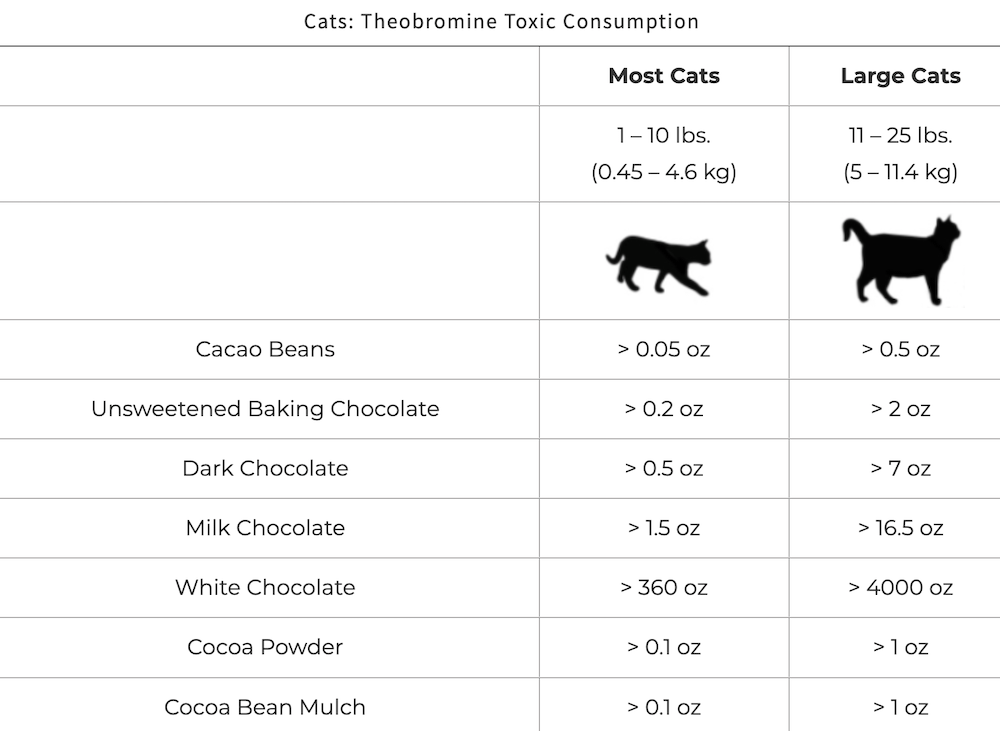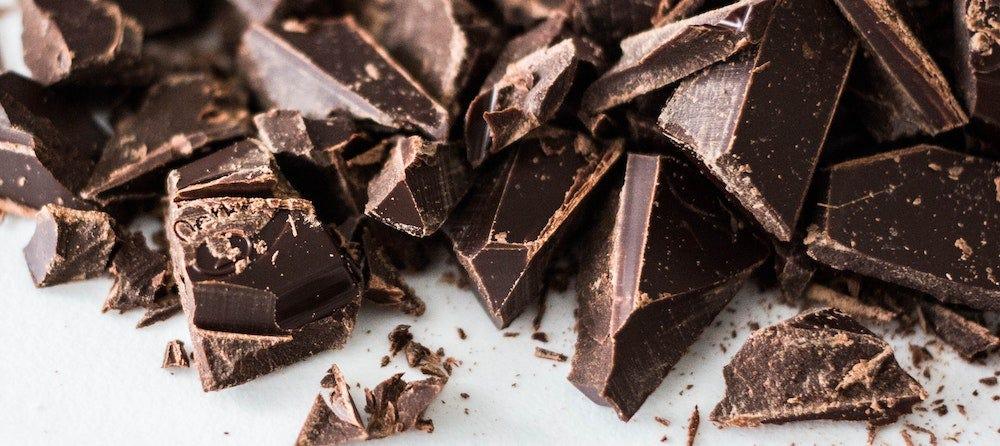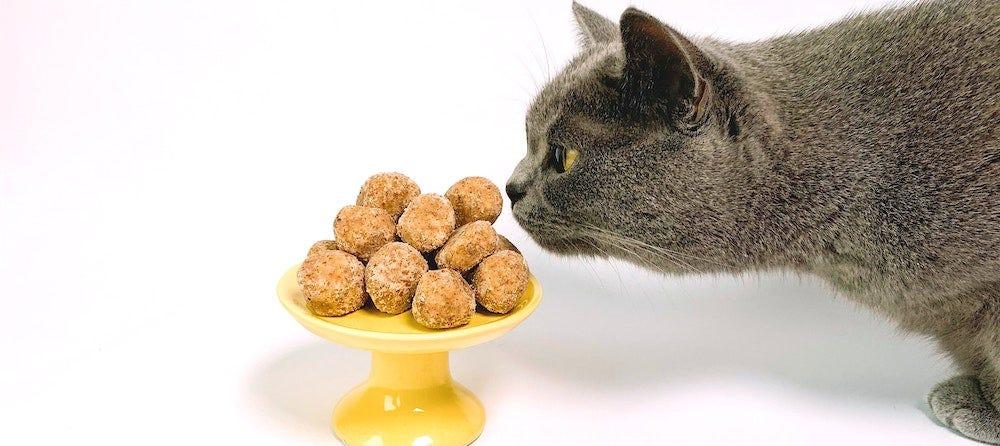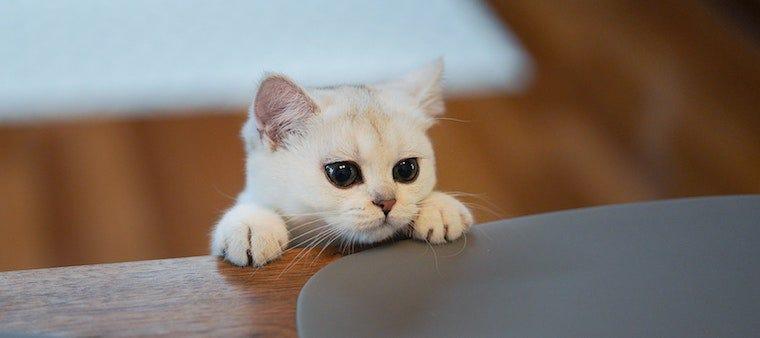Most people know that dogs shouldn’t, but can cats eat chocolate? As picky eaters, cats are far less likely than dogs to seek out your chocolate stash, but some will find their way into a chocolaty treat or may even be fed one by an unwitting pet parent. The short answer is no, cats should never eat chocolate. But why not? And what happens if they do?
The intoxicating nature of chocolate
Chocolate contains the chemical compounds caffeine and theobromine, which are part of the methylxanthine chemical group. These particular compounds are not harmful to humans, but can cause significant medical problems for your feline friends. Theobromine affects your cat in four different ways:
- Acts as a stimulant, which increases heart rate
- Acts as a diuretic, causing increased loss of body fluids
- Causes gastrointestinal upset
- Upsets the nervous system
While the concentration of theobromine in chocolate is 3–10 times that of caffeine, they both play a role in upsetting your pet’s equilibrium and causing potentially fatal abnormalities.
What type of chocolate is the most toxic?
Any chocolate can be harmful to cats. Caffeine and theobromine are in all types of chocolate, but at different concentrations. Baking chocolate, semisweet chocolate, and dark chocolate are the most toxic because they have higher concentrations of methylxanthines than milk or white chocolate.
Depending on the type of chocolate and the amount consumed, reactions can range from mild to life-threatening. That goes for all chocolate food variations, including cocoa powder, chocolate candy, chocolate cake, chocolate pudding, cacao beans, and more. There are formulas to calculate how much chocolate is concerning based on what type it is. An easy-to-remember takeaway as a baseline is that 1 ounce of milk chocolate per pound of body weight is a potentially lethal dose in dogs. Now imagine that in a cat: it doesn’t always have to be a lot to be a big problem. View the VetMeds.org table below for specific amounts of theobromine toxic consumption based on a cat’s weight.

Symptoms of chocolate toxicity
When a cat ingests chocolate or a chocolate byproduct, the first physiological response is unnatural stimulation of the heart and nervous system. The darker the chocolate and the more consumed, the more intense the symptoms can become:
- Vomiting
- Diarrhea
- Increased body temperature
- Increased reflex responses
- Muscle rigidity
- Rapid breathing
- Increased heart rate
- Low blood pressure
- Seizures
- Advanced signs (cardiac failure, weakness, and coma)
Act quickly
If you think your cat has eaten chocolate, don't wait to see if symptoms develop. Try to determine how much they have eaten and call your veterinarian for advice. To understand the level of toxicity your cat might experience, the vet's office will likely want to know the following:
- how much your cat weighs
- how much chocolate you suspect they ate
- the name of the specific product ingested (if possible)
- when the ingestion occurred
- any clinical symptoms you’ve noticed
The vet will most likely want to induce vomiting right away to minimize the digestion of the methylxanthines and reduce the overall risk of severe poisoning. But keep in mind that you cannot safely induce vomiting in cats at home. You will need to go to your vet or the nearest animal hospital.
In many cases, small quantities are not likely to be a problem, but larger quantities may require you to rush your cat to the veterinarian. If your veterinarian is unavailable or unequipped to handle the situation, call the nearest animal hospital or the ASPCA Animal Poison Control Center (888-426-4435). This is especially important if your cat is displaying more severe symptoms, such as muscle tremors or repeated vomiting.
While waiting for your cat to be evaluated, try to keep them cool, calm, and in a quiet place to prevent the escalation of any symptoms. The veterinarian will conduct a thorough physical examination, involving a chemical blood profile, electrolyte panel, and urinalysis to discern whether or not your cat has experienced a caffeine or theobromine overdose. Electrocardiography may also be employed to observe any possible irregularities in your cat's heartbeat.
After an incident of chocolate poisoning, continue to keep your cat in a quiet and cool environment. With a mild, bland diet over the following two or three days, including plenty of hydrating fluids, your cat should be just fine.
Prevention
Unfortunately, food poisoning from things like chocolate happens far too frequently in cats. Now you know how grave the consequences can be, so be mindful about your chocolate stash. Keep chocolaty foods and treats guarded in firmly closed containers and cabinets, be wary of feeding your cat anything that might contain chocolate, and take a moment to educate house guests and friends who might interact with your cat about chocolate toxicity. If you're lamenting the loss of your candy dish, keep your cat safe and put a lid on it.
FAQs
Can cats eat chocolate ice cream?
Cats should not eat chocolate ice cream; not only is chocolate toxic to cats, but ice cream often contains toxic ingredient propylene glycol. Ingesting propylene glycol can lead to anemia in cats.
Can cats drink chocolate milk?
Cats should not drink chocolate milk, largely because chocolate is toxic to cats. Many cats are also lactose intolerant, which means cow’s milk can cause upset stomach, vomiting, and diarrhea.
Can cats eat white chocolate?
Ingesting white chocolate will not cause severe toxicity in cats like dark chocolate and baking chocolate will, but cats still shouldn’t eat it. Even mild reactions to chocolate are uncomfortable for cats and worrisome to pet parents.
Sources:
- Table: https://vetmeds.org/pet-poison-control-list/chocolate/#!form/PPCDonations
- Chocolate Toxicosis in Animals
- Chocolate poisoning
Cover photo by Charisse Kenion on Unsplash






